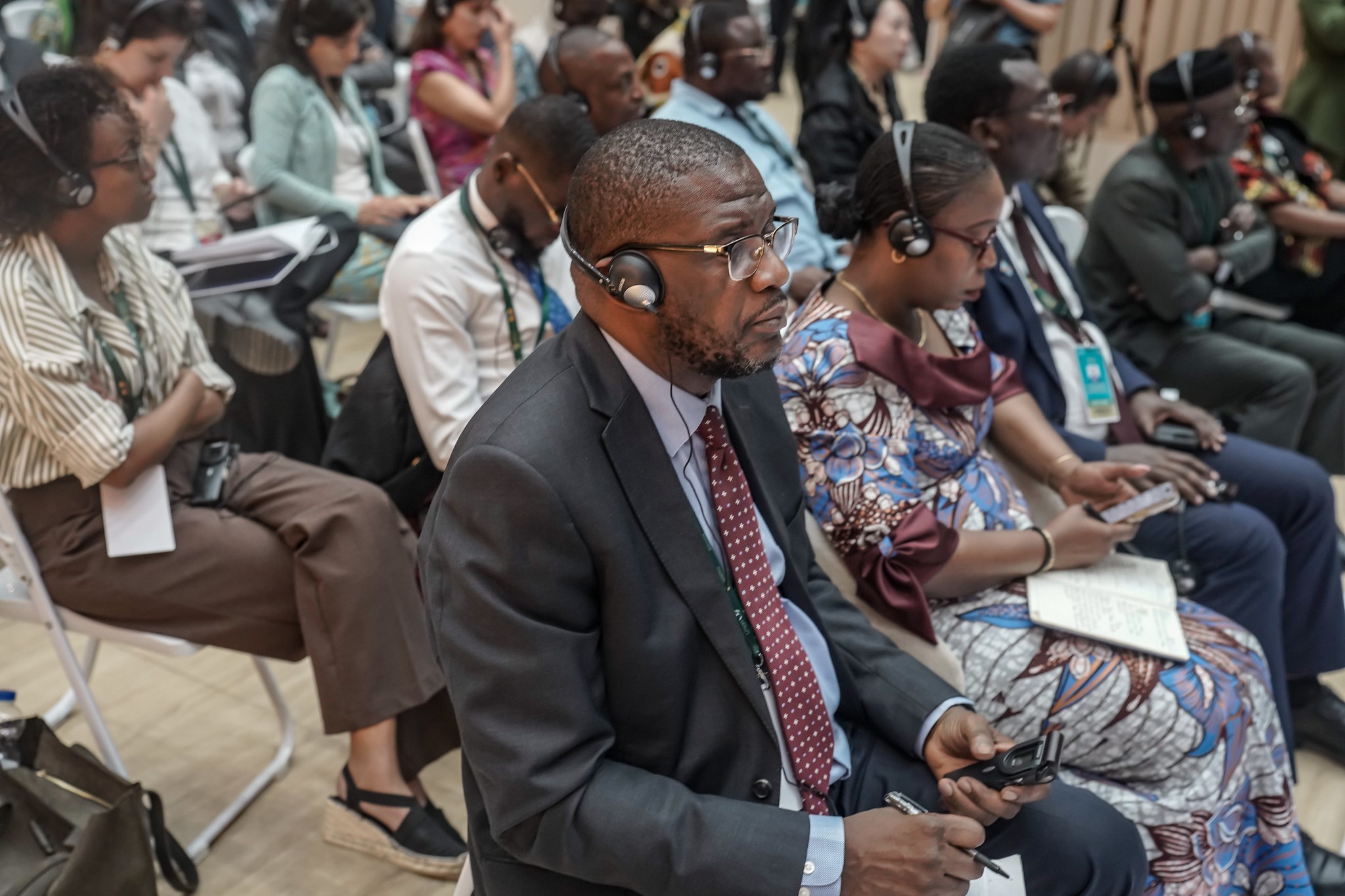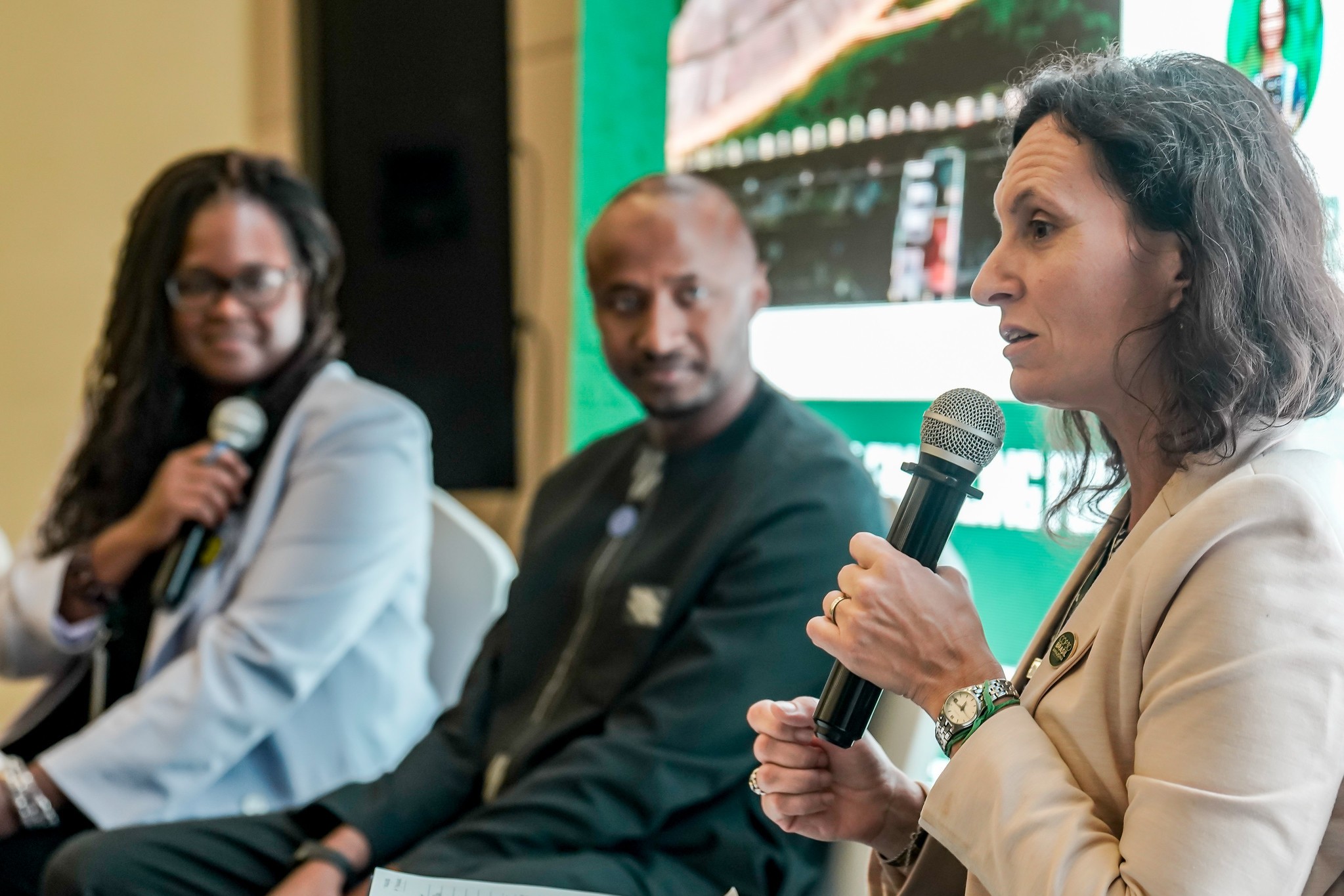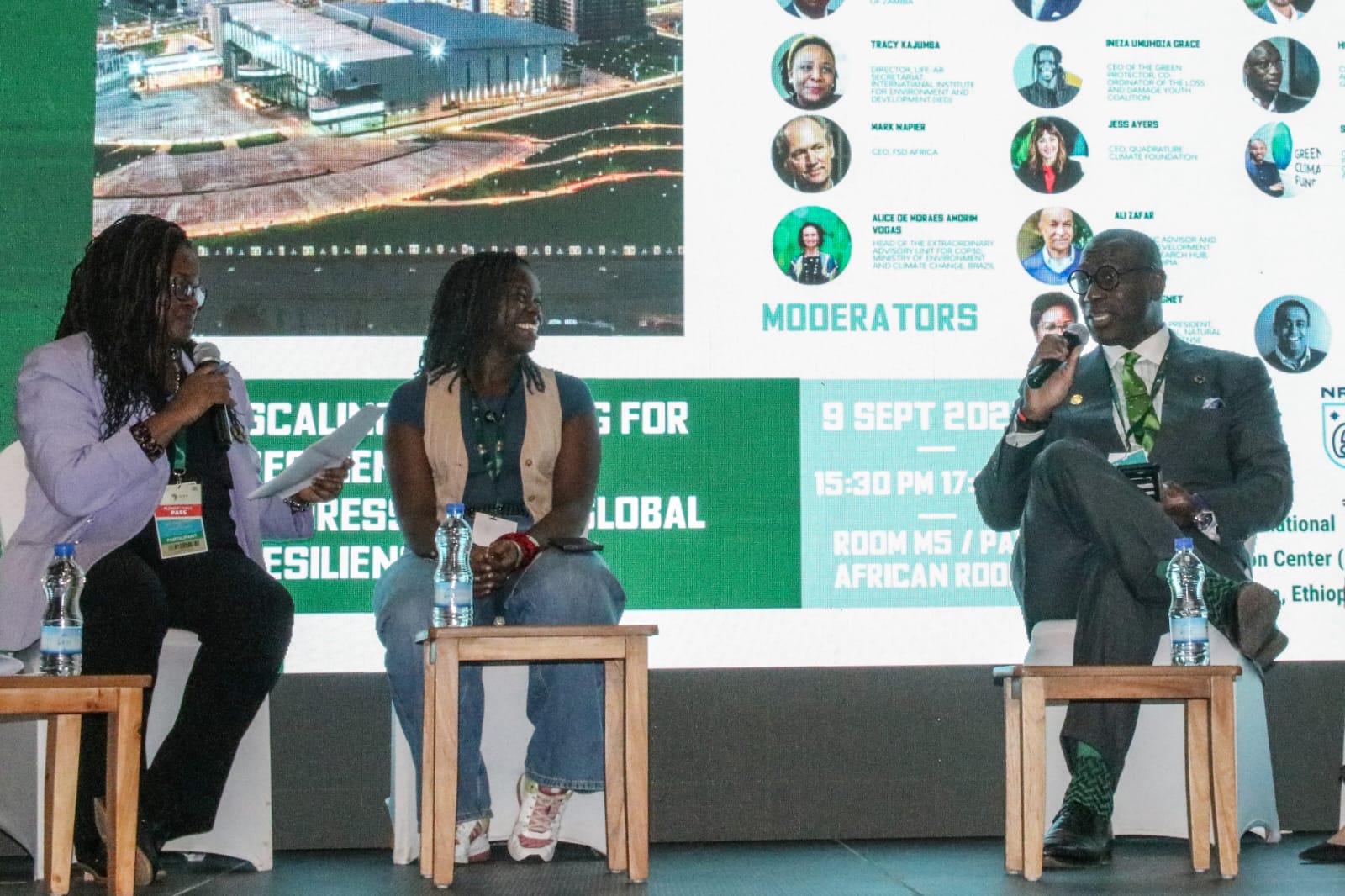Addis Ababa Leaders’ Summit presses for real financing for climate adaptation in Africa
An event in Ethiopia debates how to turn global agreements into practical action, with Africa demanding that adaptation and resilience be treated as investment, not charity

By Leandro Molina / COP30 Brasil
At the Africa Climate Summit, held this week in Addis Ababa, Ethiopia’s capital, discussions on financing national platforms and large-scale adaptation revealed the persistent impasses of global climate justice, such as the gap between lofty promises in agreements and the actual availability of resources.
African leaders, civil society representatives, and the financial sector outlined an urgent call for tangible paths toward a paradigm shift, pressing for a transition from endless commissions to tangible practice. Ms. Alice Amorim, Program Director of COP30, set the tone at the opening session. She stressed the ambition of making the Belém conference a turning point for implementation.
“What we are trying to do now is the opposite. It is to use what has already been concluded, particularly in the Global Stocktake of COP28, and bring it into realities on the ground,” she said. Ms. Amorim emphasized that adaptation must stop being treated as an appendix to mitigation and become central to the energy and development transition. “We cannot wait any longer to invest in adaptation and resilience. And that is what it means to make adaptation part of the transition,” she explained.

Rwanda’s Minister of Environment, Jeanne d’Arc Mujawamariya, exposing a deep financial gap, highlighted the figures presented. According to her, the African continent needs at least USD 25 billion annually for adaptation alone.
Although the overall flow of climate finance to Africa increased by 50% in 2022, the minister noted that the share devoted to adaptation still accounts for less than a third of the total—a relatively small amount compared to the urgent need. “And this is not just an erosion in numbers, it is an erosion in justice,” she warned. Ms. Mujawamariya recalled that communities across Africa are already living with floods, desertification, and droughts. “They cannot wait for technical debates while their lives are sacrificed,” she stressed.
Zimbabwe’s Ambassador, Tadeous Chifamba, underscored the moral responsibility of historical polluters: “They should do their part. But it is very clear that they are saying they probably cannot do more than they are currently doing, which is far less than what is required,” he observed.
The strategic vision: reclassifying resilience to unlock trillions
The most forceful and practical response on how to close this gap came from the investment sector. Mr. Hubert Danso, President and CEO of Africa Investor Group, delivered a visionary analysis. He argued that the core problem is philosophical. “We need to stop trying to make development ‘investable’ and start making investment developmental,” he said.
Mr. Danso pointed out a fundamental contradiction. According to him, international financial institutions pledge hundreds of billions, but the USD 300 trillion in global institutional private capital—the true source of scale—remains largely inaccessible due to inadequate structures. “We are spending 90% of our time with a constitution that can mobilize 10% of the capital, and less than 10% with institutional investors who can mobilize 90%,” he criticized.
To attract this mass of capital, Mr. Danso outlined four strategic recommendations:
1. Treat resilience as regulated infrastructure: Classify flood defenses, climate-resilient agriculture, and water systems as critical infrastructure, with regulatory protections equivalent to roads or power grids. This would provide the predictability and security that long-term investors require.
2. Create multi-purpose investment vehicles: Develop public institutions that aggregate agriculture, insurance, and urban projects to diversify revenue streams and make them bankable.
3. Develop standardized, tradable financial products: Foster the creation of green bonds, adaptation instruments, and parametric funds linked to global rating systems that organize information for investors.
4. Connect heads of state directly with those who control large amounts of money—such as investment funds, banks, or capital managers.
Finally, Mr. Danso issued a direct call to the COP30 Presidency: “On the road to COP30, we need to bring heads of state and central bank governors to the table with those managing the world’s vast financial resources, the custodians of USD 300 trillion.”
What this means for Africa and the world

Mr. Danso’s vision goes beyond appeals for aid. It is a proposal for a new global economic partnership that frames climate resilience not as a cost but as the greatest investment opportunity of the 21st century.
For Africa, this shift means gaining access to the capital needed to build vital infrastructure, protect its economies, and secure a future for its young and growing population. It means moving from a “place of deficit to a place of opportunities,” as Rwanda’s minister put it.
For the world, the lesson is one of interdependence. With 80% of Africa’s economy depending on nature and ecosystems, the risks are systemic. Danso cited that between 2000 and 2019, USD 80 trillion in global economic activity was put at risk by environmental degradation, USD 6 trillion of which was in Africa alone. Investing in African adaptation, he argued, is investing in global economic stability and security.
The debate in Addis Ababa set a milestone, where COP30 in Brasil is expected to serve as the definitive test of whether the global climate system can evolve from a forum of debate into a platform for concrete action. Success, as the panelists agreed, will be measured by the ability to make capital flow to the frontlines of the climate crisis.
